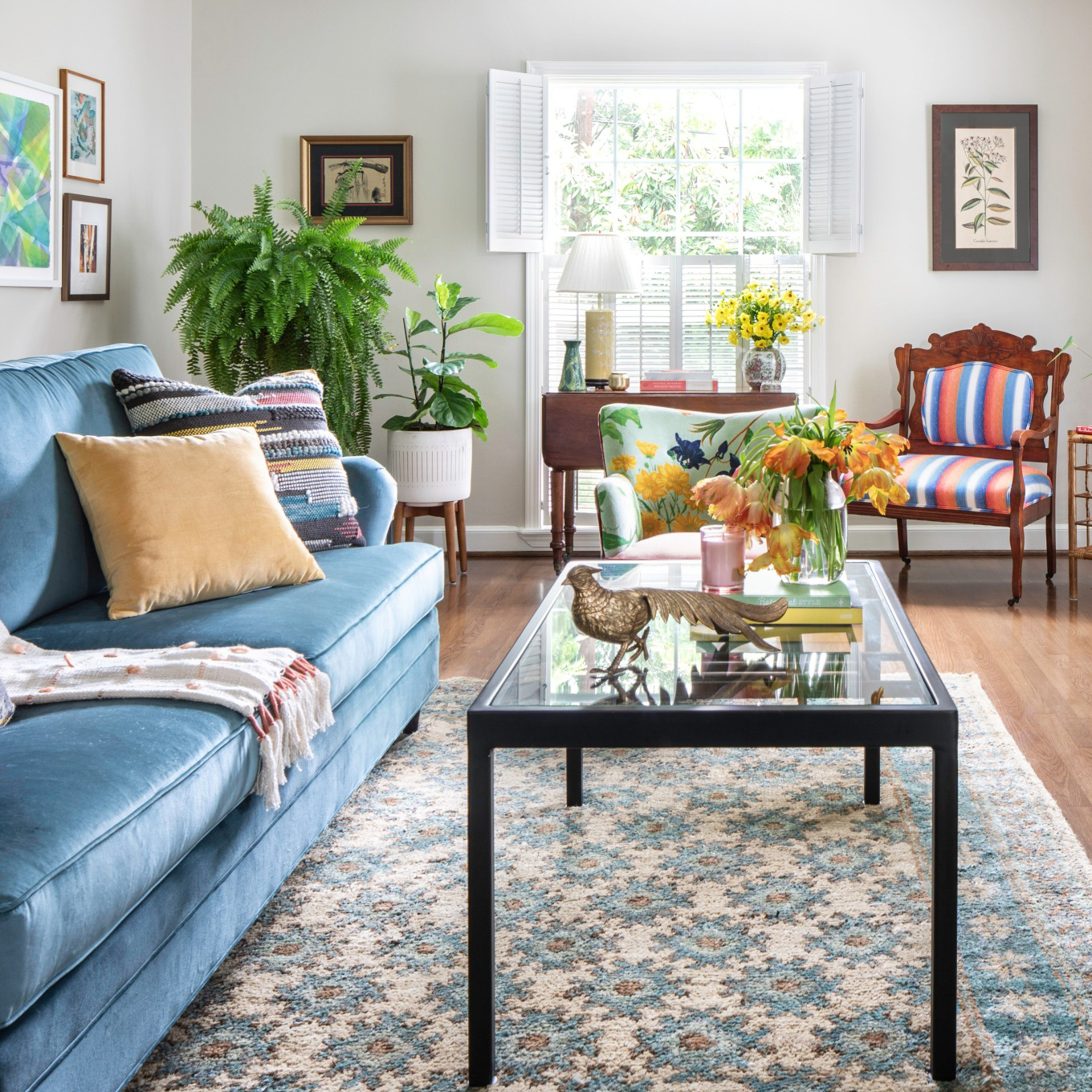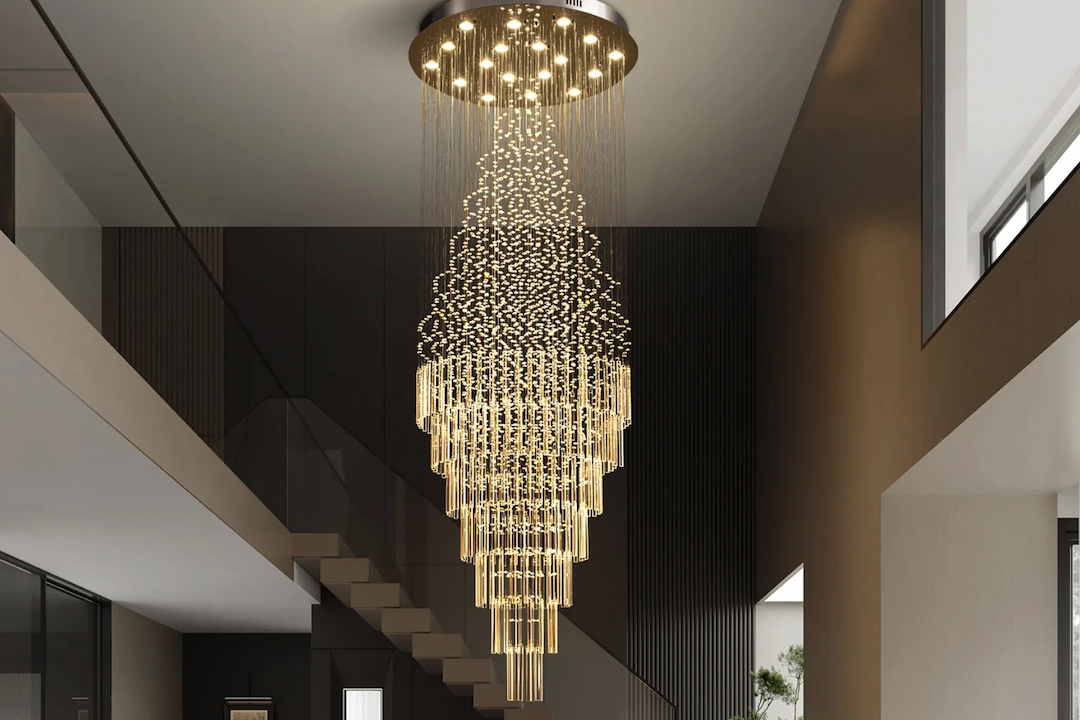Introduction
Ceilings are often overlooked when it comes to architecture and interior design. However, the artistic beauty and diversity of ceiling art cannot be underestimated. From ancient mosques and churches to modern skyscrapers and museums, ceilings offer a unique and captivating view of the world above us. In this article, we will take a journey through some of the most stunning ceiling pics from around the world, showcasing the incredible range of styles, techniques, and materials that define ceiling art.
Ancient and Traditional Ceiling Art
One of the earliest forms of ceiling art can be found in ancient Egyptian and Roman architecture. The use of colorful murals and intricate designs on ceilings was a common feature in many temples, palaces, and public buildings. The Egyptian Pharaohs decorated their ceilings with images of gods, stars, and animals, while the Romans used coffered ceilings with ornate patterns to create an illusion of depth and grandeur.
The Islamic world also developed a unique style of ceiling art that emphasized the beauty of geometry and calligraphy. The domed ceilings of mosques are often decorated with intricate patterns of stars, flowers, and Arabic calligraphy, creating a spiritual ambiance that echoes the divine beauty of the Quran.
The Renaissance and Baroque Ceilings
During the Renaissance and Baroque periods, European artists took ceiling art to new heights. The famous Sistine Chapel ceiling, painted by Michelangelo, is a prime example of this era’s artistic excellence. The fresco covers 5,000 square feet and depicts the creation of Adam, the biblical story of Noah, and the Last Judgment. The ceiling also features intricate architectural details and a rich color palette that creates a striking contrast with the dark background.
The Baroque period, known for its lavishness and theatricality, produced some of the most ornate and dramatic ceiling art in history. Ceiling paintings featured religious themes, mythological subjects, and allegorical scenes, often illuminated by dramatic lighting, gilded frames, and complex architectural elements.
Modern Ceiling Art
Modern architects and designers continue to explore innovative ways of incorporating ceiling art into contemporary spaces. The Guggenheim Museum in New York, designed by Frank Lloyd Wright, features a spiraling atrium with a coffered ceiling that creates a breathtaking view of the building’s interior.
In the Burj Al Arab hotel in Dubai, guests can enjoy a relaxing swim in the exquisite indoor pool while admiring the stunning ceiling art that replicates the starry night sky. The intricate glass mosaic tiles in the pool ceiling create a shimmering effect that mirrors the crystal-clear waters below.
Conclusion: Exploring the Beauty and Diversity of Ceiling Art
Ceiling art offers a unique and fascinating perspective on architectural and artistic history. From the colorful murals of ancient Egypt to the gilded Baroque ceilings of Europe to the modern ceiling art in contemporary buildings, ceiling pics showcase the richness and diversity of our cultural heritage.
As we look up at the ceilings above us, we are reminded of the infinite possibilities of artistic expression, the beauty of geometry, and the spiritual dimensions of our existence. Whether we are seeking inspiration, awe, or peace, ceiling art has something to offer for every curious and open-minded observer. So, let us continue to explore, appreciate, and celebrate the beauty and diversity of ceiling art, now and in the future.



